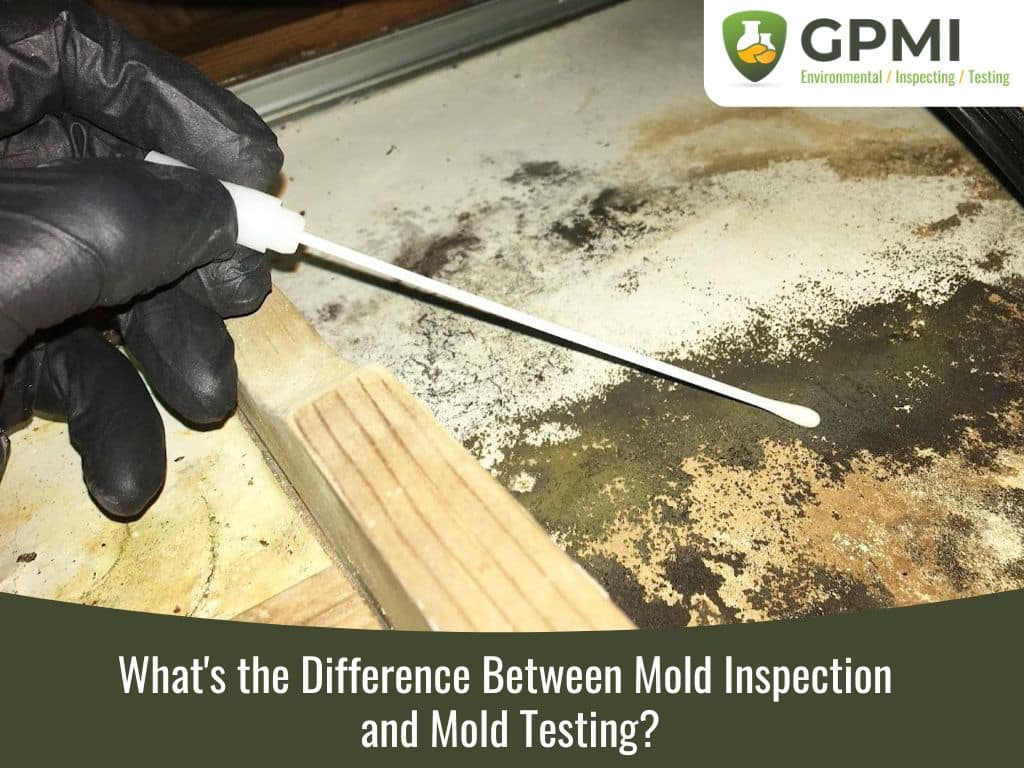Crafting a Thorough Post Mold Remediation Report
Crafting a Thorough Post Mold Remediation Report
Blog Article
Your Ultimate Guide to Article Mold And Mildew Remediation Strategies
Navigating the world of post-mold removal strategies is a thorough process that demands focus to detail and a comprehensive understanding of the complexities entailed. In the consequences of mold problem, recognizing exactly how to successfully get rid of the mold and stop its reoccurrence is vital for maintaining a healthy interior setting. From picking the ideal cleaning and decontaminating techniques to carrying out strategies for lasting mold avoidance, each action in the removal trip plays an important role in making certain an effective result. As we embark on this exploration of post-mold remediation strategies, we will uncover the essential strategies and finest techniques that can help you recover your room to its pre-mold problem and guard it against future mold and mildew dangers.
Recognizing Post-Mold Remediation Process
After finishing the mold and mildew remediation procedure, it is important to understand the post-mold removal methods that are required to make sure a detailed and reliable cleanup. Once the mold has actually been gotten rid of, the following step involves cleansing and decontaminating the influenced areas to stop any regrowth of mold. This consists of utilizing specialized cleaning up agents to clean down surfaces and eliminate any remaining mold and mildew spores. It is vital to dry out the area entirely to prevent the growth of mold in the future (testing air quality after mold remediation). Correct ventilation and dehumidification can assist in this process.
Furthermore, conducting a final inspection post-remediation is vital to ensure that all mold has actually been efficiently gotten rid of. If the examination discloses any type of remaining mold, additional removal might be required.
Effective Cleaning and Decontaminating Approaches

Avoiding Future Mold Growth

Relevance of Appropriate Ventilation
Correct ventilation plays a crucial role in preventing dampness accumulation, a key variable in mold and mildew growth within interior environments. Reliable ventilation systems assist eliminate excess moisture from the air, minimizing the chances of mold and mildew spores finding the moisture they require to spread out and germinate. Without ample ventilation, indoor areas can become a breeding ground for mold, bring about prospective wellness dangers and architectural damages.
By making certain proper air blood circulation, ventilation this contact form systems can likewise assist in drying out moist locations quicker after water damages or flooding events, even more deterring mold development. what to do after mold remediation. In spaces like shower rooms, basements, attics, and kitchen areas where wetness levels often tend to be greater, setting up and preserving efficient air flow systems is vital in preventing mold invasions

Monitoring and Upkeep Tips
Provided the vital role that correct ventilation plays in preventing mold and mildew development, it is vital to establish reliable monitoring and upkeep ideas to ensure the ongoing performance of air flow systems. Routine inspections of air flow systems should be carried out to check for any kind of signs of clogs, leaks, or breakdowns that could impede appropriate airflow. Tracking humidity levels within the residential or commercial property is additionally essential, as high moisture can add to mold development. Installing a hygrometer can assist track moisture levels and sharp homeowners to any type of spikes that might require interest. In addition, guaranteeing that air click here for info filters are consistently cleaned or changed is crucial for preserving the effectiveness of the air flow system. Implementing a routine for regular upkeep tasks, such as duct cleaning and cooling and heating system assessments, can aid stop concerns before they intensify. By remaining proactive and mindful to the problem of ventilation systems, residential property proprietors can effectively reduce the danger of mold regrowth and preserve a healthy and balanced interior atmosphere.
Final Thought
Finally, post-mold removal strategies are necessary for guaranteeing a risk-free and clean environment. Recognizing the process, implementing reliable cleaning and disinfecting approaches, stopping future mold development, preserving correct ventilation, and regular surveillance are all essential steps in the removal process. By adhering to these guidelines, you can successfully get rid of mold and stop its return, promoting a healthy living or working space for all occupants.
In the after-effects of mold and mildew invasion, knowing just how to efficiently get rid of the mold and stop its reoccurrence is critical for keeping a healthy interior environment. When the mold and mildew has been gotten rid of, the next step entails cleaning and sanitizing the affected areas to protect against any regrowth of mold and mildew - After mold remediation. After eliminating noticeable mold and mildew development, it is essential to cleanse all surface areas in the affected area to get rid of any kind of continuing to be mold spores. To additionally boost mold and mildew prevention procedures, it is necessary to address underlying problems that at first led to mold and mildew growth.Offered the critical role that proper ventilation plays in stopping mold and mildew development, it is critical to establish effective monitoring and maintenance tips to guarantee the continued functionality of ventilation systems
Report this page